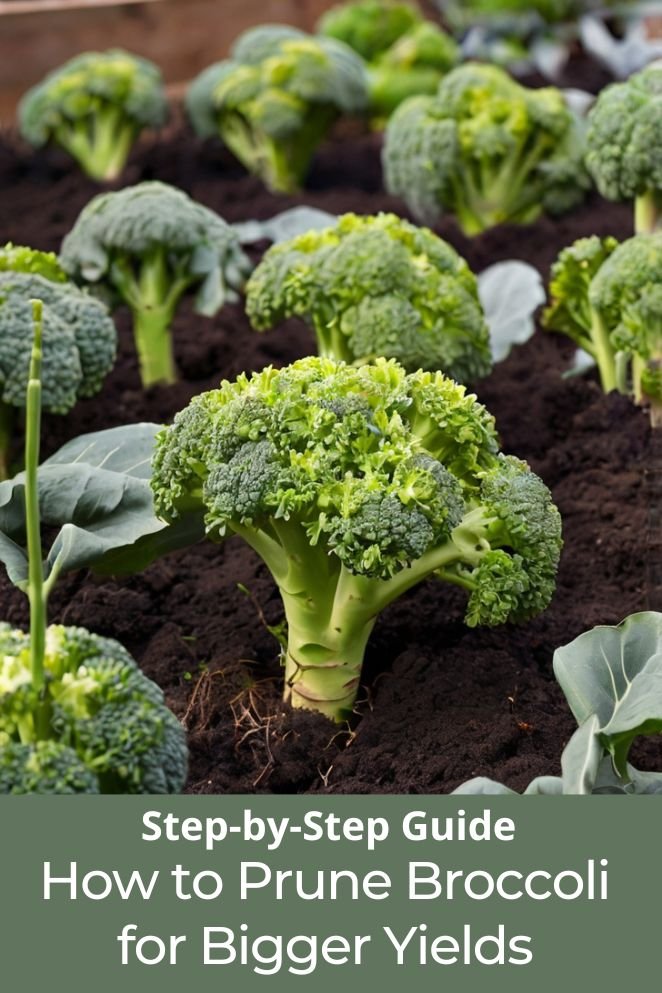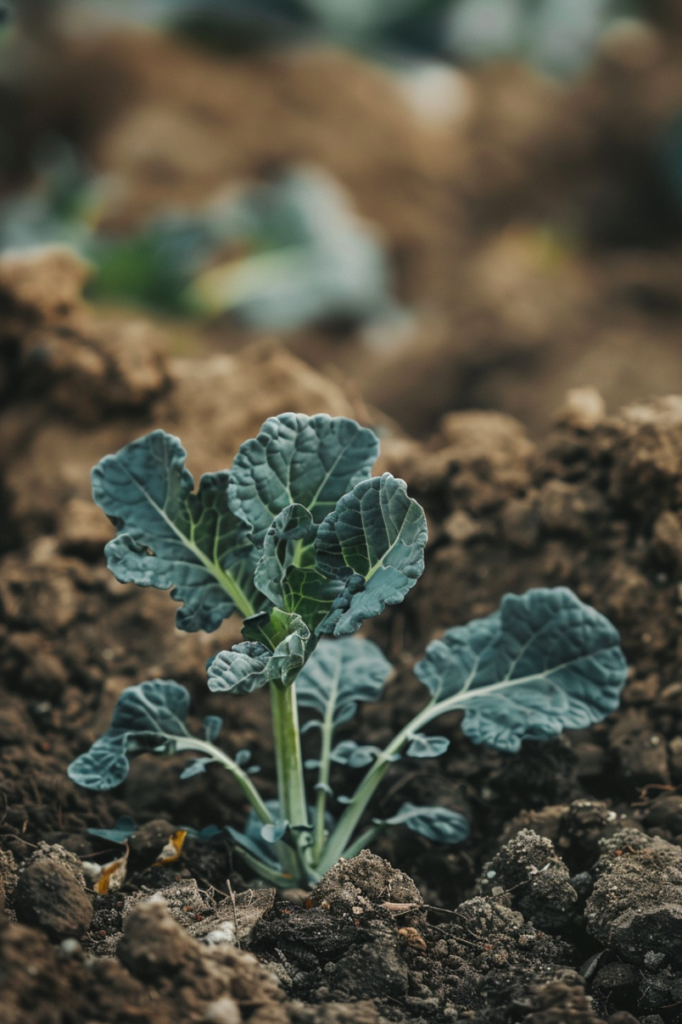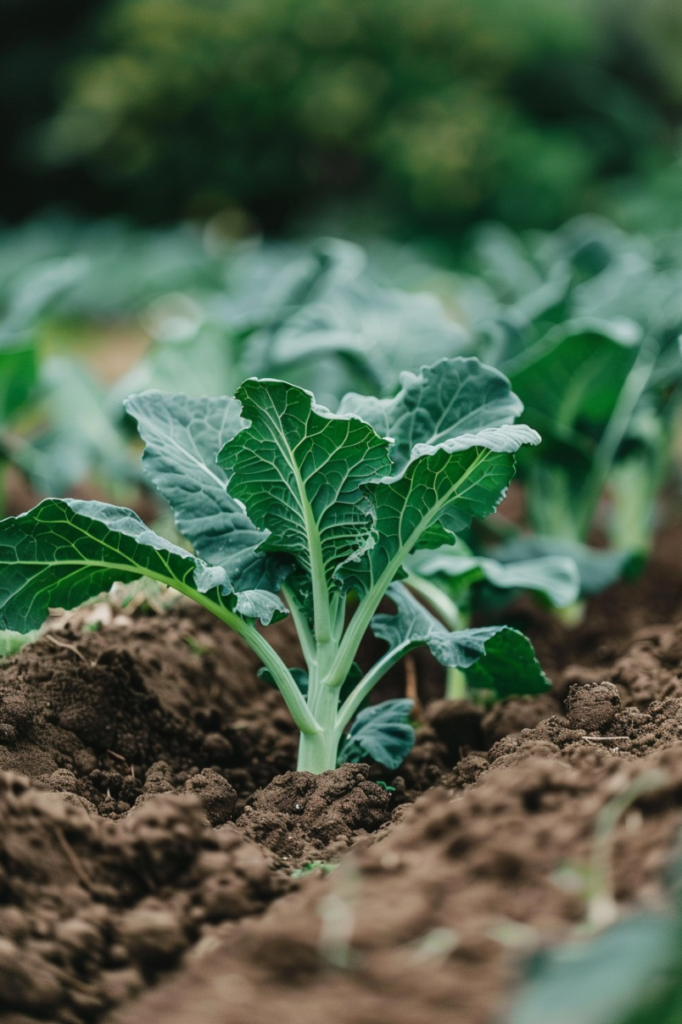
Pruning broccoli might not be the first thing that comes to mind when thinking about garden chores, but it can make a significant difference in the health and productivity of your plants.
Proper pruning encourages more robust growth, larger heads, and can extend the harvesting period.
This guide will cover the benefits of pruning broccoli, the best times to prune, the tools you’ll need, and a step-by-step guide to get the job done right.
Benefits of Pruning Broccoli
Pruning broccoli offers several key advantages that can improve your gardening success:
Increased yield
Pruning helps plants focus their energy on producing larger, more numerous heads.
By removing excess leaves and shoots, the plant can allocate more resources to developing the main head and side shoots.
- Read also: Broccoli Care Mistakes: Master the Art of Growing Your Broccoli
- Read also: From Seed to Supper: Mastering Organic Broccoli Care
Improved air circulation
Thinning out the foliage increases air circulation around the plant, reducing the risk of fungal diseases and pest infestations.
Better airflow helps keep the plant dry, which is crucial for preventing issues like mold and mildew.
Prolonged harvest
Regular pruning encourages the growth of side shoots after the main head is harvested.
This can significantly extend your broccoli harvest, providing fresh produce for a longer period.
Healthier plants
Removing damaged or diseased leaves prevents the spread of pathogens and helps the plant stay strong and healthy.
Healthy plants are more resistant to pests and environmental stress.

When to Prune Broccoli
Timing is crucial when it comes to pruning broccoli. Here’s what you need to know:
Early growth stage
Begin pruning when the plants are young, usually when they have 4-6 leaves.
This early pruning helps shape the plant and encourages strong, healthy growth.
During main head development
Prune again when the main head is developing.
This helps direct the plant’s energy towards producing a large, healthy head.
After harvesting the main head
Once the main head is harvested, prune the plant to encourage the growth of side shoots.
These smaller heads can provide additional harvests for weeks to come.
Tools Needed for Pruning
Having the right tools makes the pruning process more efficient and less stressful for the plants. Here’s a list of essentials:
- Pruning shears: Pruning shears are perfect for cutting small to medium-sized stems and leaves. Bypass pruners are ideal because they provide a clean cut.
- Loppers: For thicker stems and branches that are too large for pruning shears, loppers come in handy.
- Garden knife: A garden knife is great for detailed work like cutting away leaves or small stems. A sharp, sturdy garden knife or utility knife works well for this purpose.
- Gloves: Protect your hands from sharp edges and potential cuts with durable gardening gloves. Look for gloves with a good grip to make the task easier.
- Hand trowel: A hand trowel is useful for loosening soil around the base of the plant, making it easier to access and prune. Choose a small, sturdy trowel for the best results.
- Bucket or tray: A bucket or tray is helpful for collecting pruned stems and leaves, making disposal or composting easier.
- Knee pad (optional): A knee pad can provide comfort when you’re kneeling or bending down to work on your plants.

Step-by-Step Guide to Pruning Broccoli
Pruning broccoli helps keep the plant healthy and encourages better growth.
Here’s a simple guide to get you started:
Step 1: Inspect your plant
Begin by taking a close look at your broccoli plant.
Check for any leaves that are damaged, diseased, or turning yellow, as these should be removed.
Also, look for any side shoots that you want to encourage.
This inspection helps you decide which parts of the plant need attention.
Step 2: Sterilize your tools
Before you start pruning, make sure your pruning shears are clean.
Use a disinfectant to wipe them down.
This is important to avoid spreading diseases between plants, especially if you’re working on multiple broccoli plants.
Step 3: Remove damaged leaves
Start by cutting off any damaged or yellowing leaves.
Trim them close to the main stem but be careful not to harm the stem itself.
Removing these leaves helps the plant focus its energy on growing new, healthy leaves.
Step 4: Prune excess leaves
Next, thin out the plant’s foliage to improve air circulation.
Remove any leaves that are crowding the plant or lying on the ground.
The goal is to keep the center of the plant open and airy, which helps prevent diseases and allows for better growth.
Step 5: Focus on the main head
When your broccoli is growing its main head, trim away any side shoots that might be competing with it.
This helps the plant direct all its energy into producing a larger, healthier main head, rather than spreading itself thin.
Step 6: Post-harvest pruning
After you’ve harvested the main head of broccoli, you should prune the plant to encourage the growth of side shoots.
Cut the main stem about an inch below where the head was attached.
This will help the plant grow smaller side shoots that you can harvest later.

Post-Pruning Care
After you’ve finished pruning your broccoli, it’s important to give your plant the right care to help it recover and grow well.
Here’s what you need to do:
Watering
Make sure your broccoli plant gets consistent watering after pruning.
The soil should be kept evenly moist but avoid making it waterlogged.
Good watering practices help the plant recover and support new growth.
Fertilizing
Feed your plant with a balanced fertilizer to encourage strong, healthy growth.
Choose a fertilizer that has equal parts of nitrogen, phosphorus, and potassium.
This balance helps your broccoli grow better and support its overall health.
Mulching
Apply a layer of mulch around the base of your broccoli plant.
Mulch helps retain soil moisture, which is important for the plant’s recovery.
It also keeps weeds down and maintains a steady soil temperature, which benefits your plant.

Common Mistakes to Avoid
To keep your broccoli plants healthy and thriving, steer clear of these common mistakes:
Over-pruning
Pruning is helpful, but too much pruning can harm your plant.
Removing too many leaves or shoots can stress the plant and reduce its ability to produce a good harvest.
Focus on removing only what’s necessary and avoid taking off too much at once.
Using dirty tools
Always use clean, sterilized tools when pruning.
Dirty tools can carry diseases that may spread to your plants, causing more problems.
Before you start pruning, make sure your tools are clean to keep your plants safe and healthy.
Pruning at the wrong time
Timing is key when it comes to pruning.
Make sure you prune your broccoli at the right stages of growth to get the best results.
Pruning at the wrong time can stunt the plant’s growth and affect its productivity.

- Read also: A Comprehensive Guide: Optimizing Spacing for Broccoli Plants
- Read also: Beat the Bolt: 5 Tips on Preventing Bolting in Broccoli Plants
Conclusion
Pruning broccoli is a simple yet effective way to enhance the health and productivity of your plants.
By following the steps outlined in this guide, you can enjoy larger heads, extended harvests, and healthier plants.
Remember to prune at the right times, use clean tools, and provide proper post-pruning care to get the best results.



